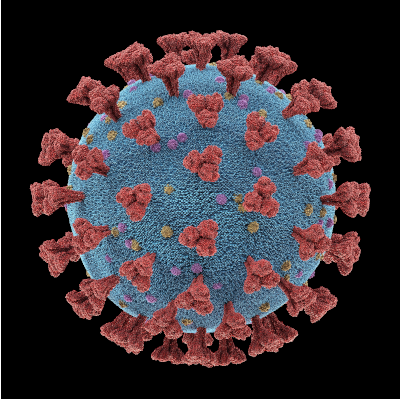Unprecedented times call for unprecedented measures. Most In Vitro Diagnostic (IVD) manufacturers that can adapt their instrumentation to SARS-CoV-2 testing are doing so. Since the FDA started authorizing Emergency Use Authorizations (EUAs) on Feb 29th, 22 laboratories or IVD vendors have already filed for EUA. More than 30 are expected. We are working with the Regenstrief Institute to contact the manufacturers and help them identify the correct LOINC terms (see footnote) for their tests, and Regenstrief is maintaining the listing on their special SARS coronavirus page. The American Clinical Laboratories Association states that 6 member laboratories alone have reported on approximately 807,000 COVID-19 tests to date, including 75,000 tests just the day before the report. While I was comforted in knowing that 5 of those laboratories are reporting the right LOINC, as they sit on the Lab LOINC Committee with me, I worry that results from other laboratories may not have their LOINC identification in place, thus posing an obstacle to the population analysis and research that could help resolve this pandemic. We’re here to help: Would the reader please pass this blog onto their IT department, in particular the laboratory information systems (LIS) database administrator? 
1. If you offer a commercial IVD kit, ask your vendor to provide the LOINC term to insert in your LIS for that instrument site.
2. If you are running an in-house laboratory developed test (LDT), determine the genetic target and look it up on LOINC’s prerelease page. Since my last blog, there are now LOINC terms for 24 nucleic acid measurements.
3. If you are converting multiple instruments to run the assays, determine if the same genetic target is identified in each, and use the correct LOINC.
4. If you have multiple instruments that can each handle a different gene target, check if your LIS would allow for a different LOINC to be assigned for each, under the same test definition. This will assure every patient value is tagged with the exact genetic target it was compared against.
The US is expecting an antigen assay and an antibody assay for COVID-19 within the next month, so laboratories will need to differentiate the current nucleic acid test from an antigen or antibody assay. When the antibody test is available, we’re expecting patients with unusual illness since December 2019 to come in for blood draws. This is the time to get the LOINC identification right, before another influx of laboratory tests.
We have been hearing about confusion in choice of the LOINC term, or transcription errors that shouldn’t be automated. If your site needs help, please email us at This email address is being protected from spambots. You need JavaScript enabled to view it.. This is our contribution to the worldwide effort combating COVID-19: free assistance to identify the correct LOINC term for the genetic target(s) detected in your laboratory’s SARS-CoV-2 RNA assay. We know everyone in the laboratory is overwhelmed by work, but let’s spend the 10 minutes or so of your staff’s phone or email time to help get the data useful for population analysis and outcomes research. And hats off to all the medical technologists and laboratory scientists in our industry that are making a difference!
Footnote: LOINC stands for Logical Observations Identifiers Names and Codes; the standard has been in use for 25 years. Public health reporting requires LOINC identifiers as “computerized name tags” for laboratory values, to identify what the target of analysis was, the specimen, result format, and other pertinent information, enabling data interoperability, computation and other secondary data uses.

